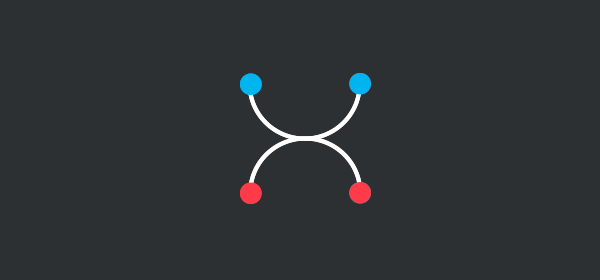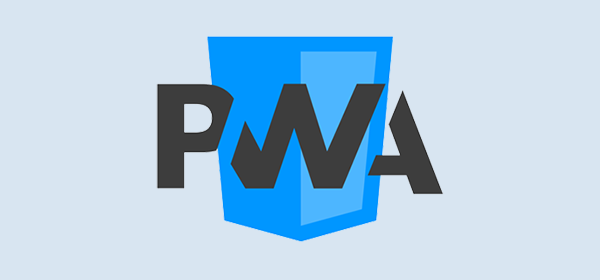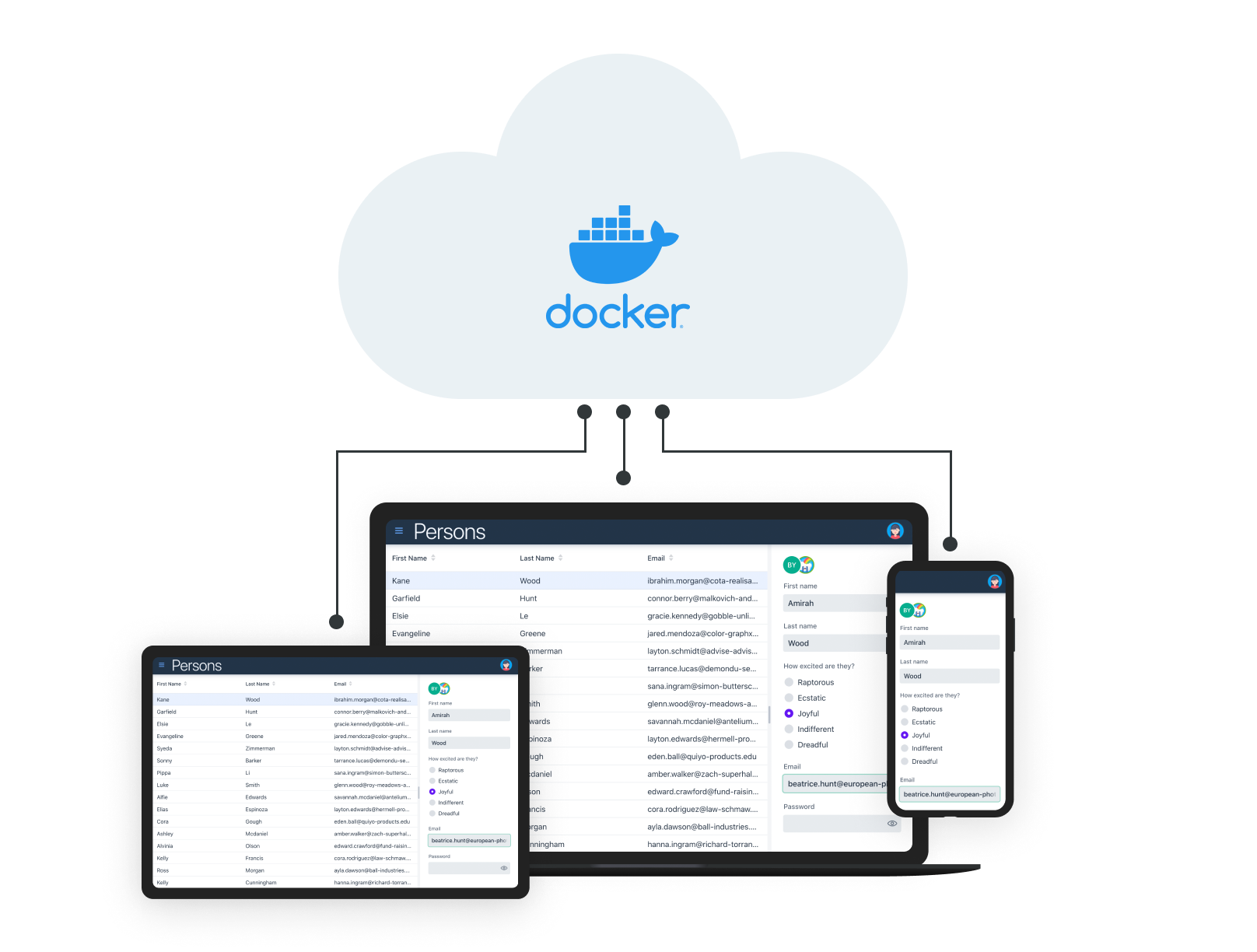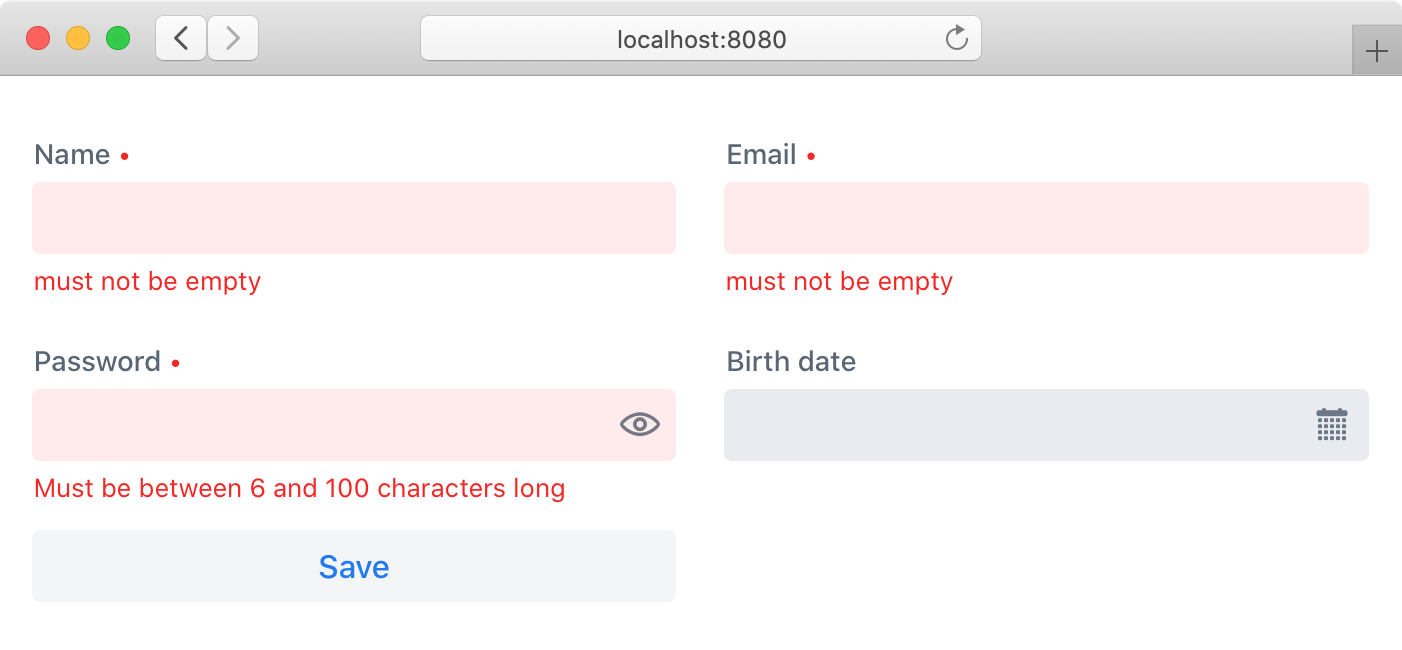Category: Tutorials

Learn Java web app development: new tutorial series
Today, we launch a new in-depth tutorial series about building web apps with Spring Boot and Vaadin. The content was inspired by frequently-asked questions from our community, like: how do you connect a Vaadin app to a database, or how do you create reusable components? The free tutorial series ...

Vaadin Key Concepts
This document is meant for developers who are new to Vaadin and want to get up to speed quickly. It gives you a quick overview of the core concepts and provides links to relevant documentation for further reading. It can also be used as a quick reference while developing Vaadin apps. If you don’t ...

Production PWA webpack setup
In the previous tutorial, the focus was on learning the basic principles of how Progressive Web Apps work. Some of the issues we identified with the application were: We need to remember to update a timestamp in the ServiceWorker any time we update static resources Our initial caching can easily ...

Converting a website into a PWA
This tutorial will teach you the the basic Progressive Web App concepts by turning an existing web app into a PWA only using the native browser API. The tutorial does not use any framework, everything you learn will be relevant no matter what framework you use in your project. What’s needed In ...

Decoupling Vaadin components with the Observer Pattern
In this tutorial, we show you how to use the observer design pattern to decouple Vaadin components. Who Belongs to Whom? Connecting two components using constructor parameters is a common procedure. It can be clearly seen, for example, in the construction of graphic surfaces. Take, for example, the ...

Speed up Vaadin builds with a local npm registry
In this tutorial, we’re going to show you how to avoid redundant downloads of npm dependencies while building Vaadin applications. Why does npm cause slow development turnaround times? npm is the equivalent of Maven in the JavaScript environment. It manages the front-end dependencies for a Vaadin ...

How to create a Docker container for a Vaadin Java app
In this tutorial you learn to deploy your Java-based Vaadin application in a Docker container and run it locally. Configuring Docker is a complex topic that has, by now, filled many articles and books. This tutorial gives you a short and simple example of how to start a Vaadin application in a ...

How to Deploy Your Java App to the Cloud
So you are done testing your Java application and are satisfied with the results on your local computer. Or maybe you are still evaluating if Java is for you in terms of hosting feasibility. That’s the next natural step, to deploy your work to some cloud that supports Java runtime and share it ...

Java Bean Validation: A Comprehensive Introduction and Best Practices
Jakarta Bean Validation (previously known as Java Bean Validation) allows you to define data validations using annotations in your Java Beans. Its motto is "constrain once, validate everywhere". Available implementations Jakarta Bean Validation is an API defined by the JSR 380. Currently, there are ...


